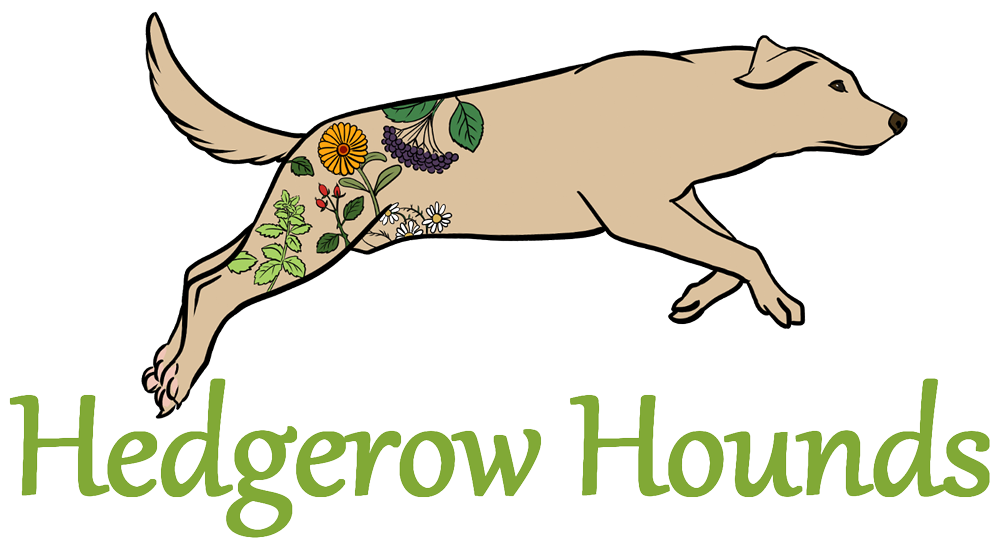Dogs are made up of around 70% water and it supports every bodily function, without an adequate supply dogs become dehydrated and seriously ill.
In this current hot spell it is even more important to provide a generous amount of clean, fresh water which helps maintain a normal body temperature and to keep the essential electrolyte balance.
Water bowls need to be scrubbed clean to remove any saliva which quickly builds up and is an environment for bacteria to grow. Newly poured water in a clean bowl is much more inviting to a dog and will encourage them to drink freely.
As a guide a dog needs 1oz of water per 1lb of body weight. There are certain circumstances in which a dog will need more water such as very hot weather (3-4 times as much), a bitch that is nursing puppies, kibble fed dogs will need more water than dogs fed a moist food, a dog that has a bout of vomiting and diarrhoea and in this heat it is wise to contact your vet as its essential that they maintain their body fluids.
If you have to take your dog out in warm weather then take plenty of water and a water bowl that your dog is familiar with. At shows and competitions there are often bowls left out for dogs to drink from, not only is there a potential risk of infection between the dogs but also many dogs refuse to drink, even when thirsty from a communal bowl which is full of others saliva and who can blame them.
If you leave your dog at home while you go out make sure they have a non spill bowl, a raised bowl on a stand or a second water bowl elsewhere, then should the water get tipped over there is still another source. Fresh water in the garden is also a good idea but remember to bring the bowl in at night or discard the water and scrub clean before allowing the dog to drink from it due to risk of contamination from wildlife and importantly slugs and snails which will visit it over night and possibly be carrying lungworm.
The signs of dehydration are shown as the dog being very listless, dull sunken eyes, dry, tacky gums and nose, absence of or passing very dark urine, unsteady gait or even collapse.
Along with the above symptoms there are a couple of ways of testing for dehydration in your dog. One is to press lightly on the gums and as you remove your finger the pink colour should return with a couple of seconds.
Another way is to lift a fold of skin up between the dogs shoulder blades and then release, the skin should return immediately. If the dog is dehydrated then the skin will slowly return to normal or may even stay upright. Any of these symptoms would require immediate care from a vet for a successful outcome and full recovery of the dog.
For dogs that are not big drinkers you may need to encourage them to take more fluids in hot weather. This can be done by blending ingredients naturally high in moisture and either offering it to them or stirring into their food. This smoothie shown below, using watermelon, lettuce, chard, spinach & berries blended with water, can also be made into a dog friendly ice lolly or frozen into Kongs etc. Bone broth (home made or shop bought) diluted with water can tempt even the fussiest drinker to consume more fluids.


